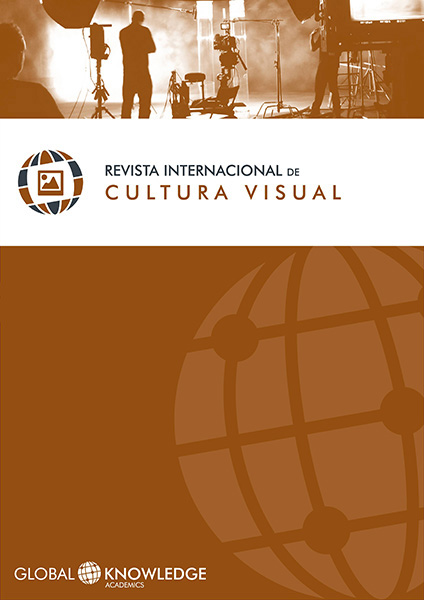Strategies in post-photographic practice: Subverting traditional values
DOI:
https://doi.org/10.37467/gka-revvisual.v4.1562Keywords:
Post - photography, Digital photography, Photographic strategies, Photographic devices, Photography semioticsAbstract
After "the death of photography", after the change that has happened in the photographic field, after the processes and behaviors of the digital technique have displaced, broken and subverted the adjudicated beliefs attributed to traditional photography, the postphotography is a high potential tool inside and outside the artistic field. In this article, it is interesting to analyze the strategies that are immersed in those images that, being hybrid between the real and the virtual, invite us to reflect on questions of representation and truthfulness thanks to the self-reflection that the medium itself gives off.
Downloads
Global Statistics ℹ️
|
583
Views
|
486
Downloads
|
|
1069
Total
|
|
Downloads
Published
How to Cite
Issue
Section
License
Those authors who publish in this journal accept the following terms:
-
Authors retain copyright.
-
Authors transfer to the journal the right of first publication. The journal also owns the publishing rights.
-
All published contents are governed by an Attribution-NoDerivatives 4.0 International License.
Access the informative version and legal text of the license. By virtue of this, third parties are allowed to use what is published as long as they mention the authorship of the work and the first publication in this journal. If you transform the material, you may not distribute the modified work. -
Authors may make other independent and additional contractual arrangements for non-exclusive distribution of the version of the article published in this journal (e.g., inclusion in an institutional repository or publication in a book) as long as they clearly indicate that the work was first published in this journal.
- Authors are allowed and recommended to publish their work on the Internet (for example on institutional and personal websites), following the publication of, and referencing the journal, as this could lead to constructive exchanges and a more extensive and quick circulation of published works (see The Effect of Open Access).













